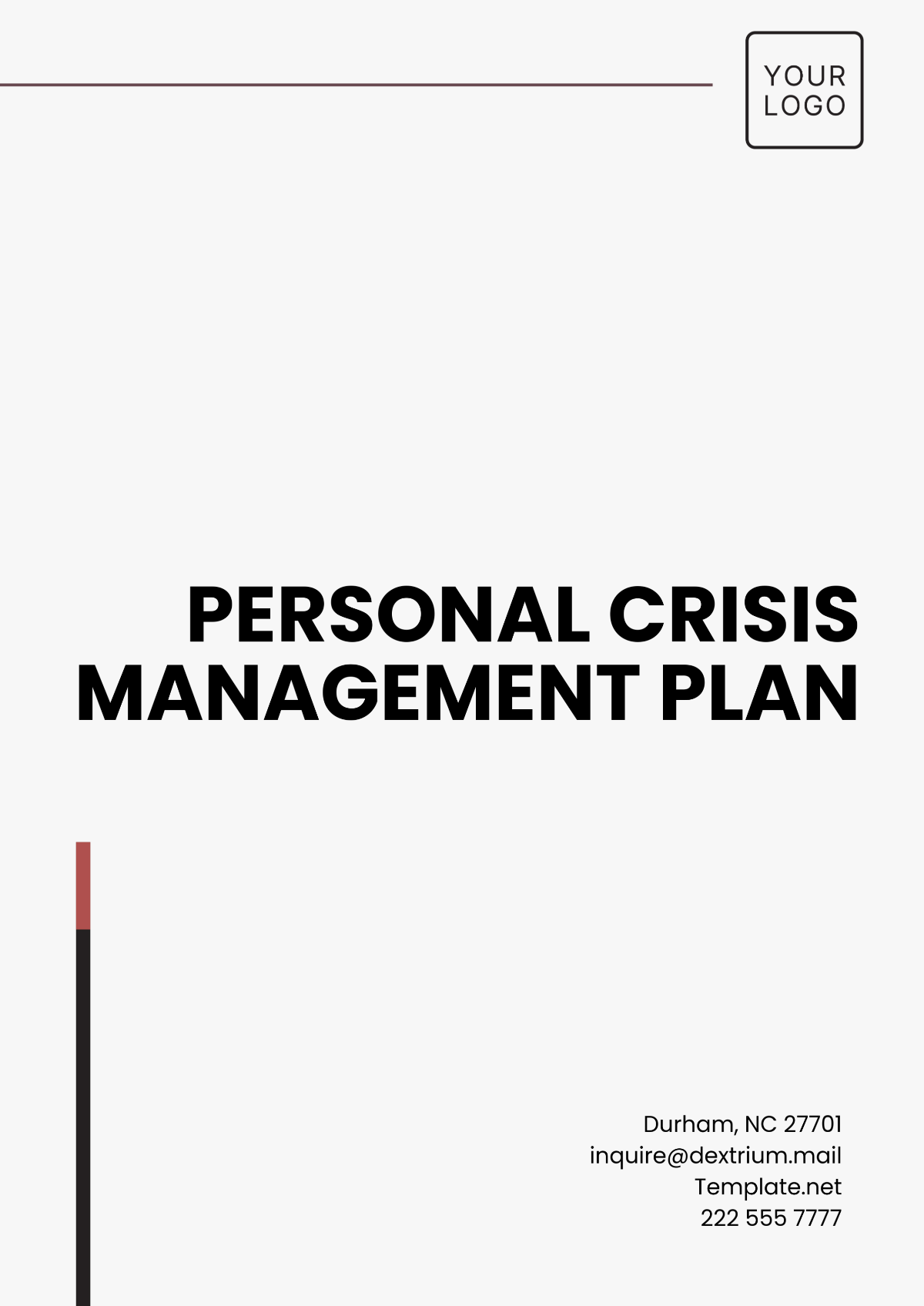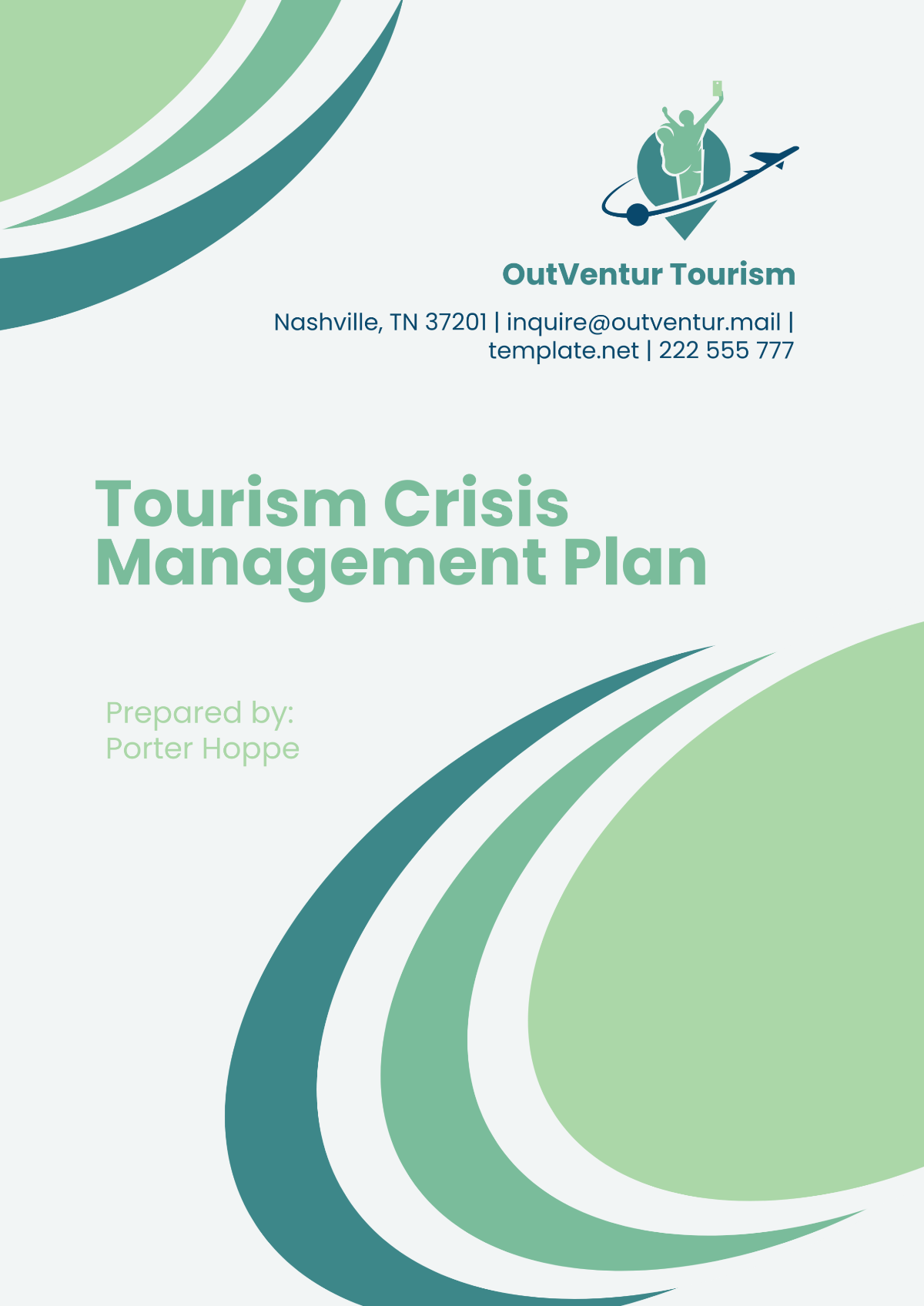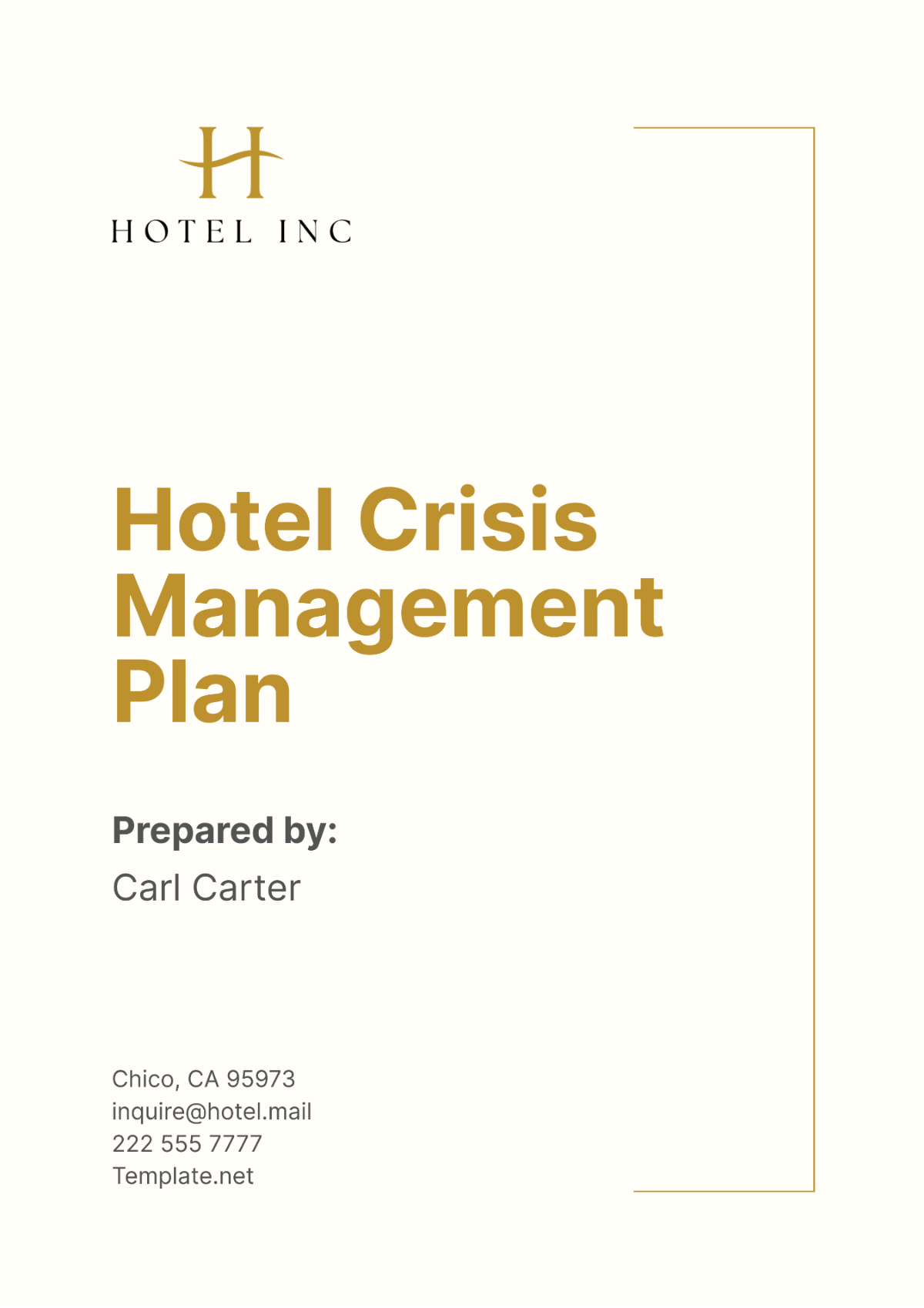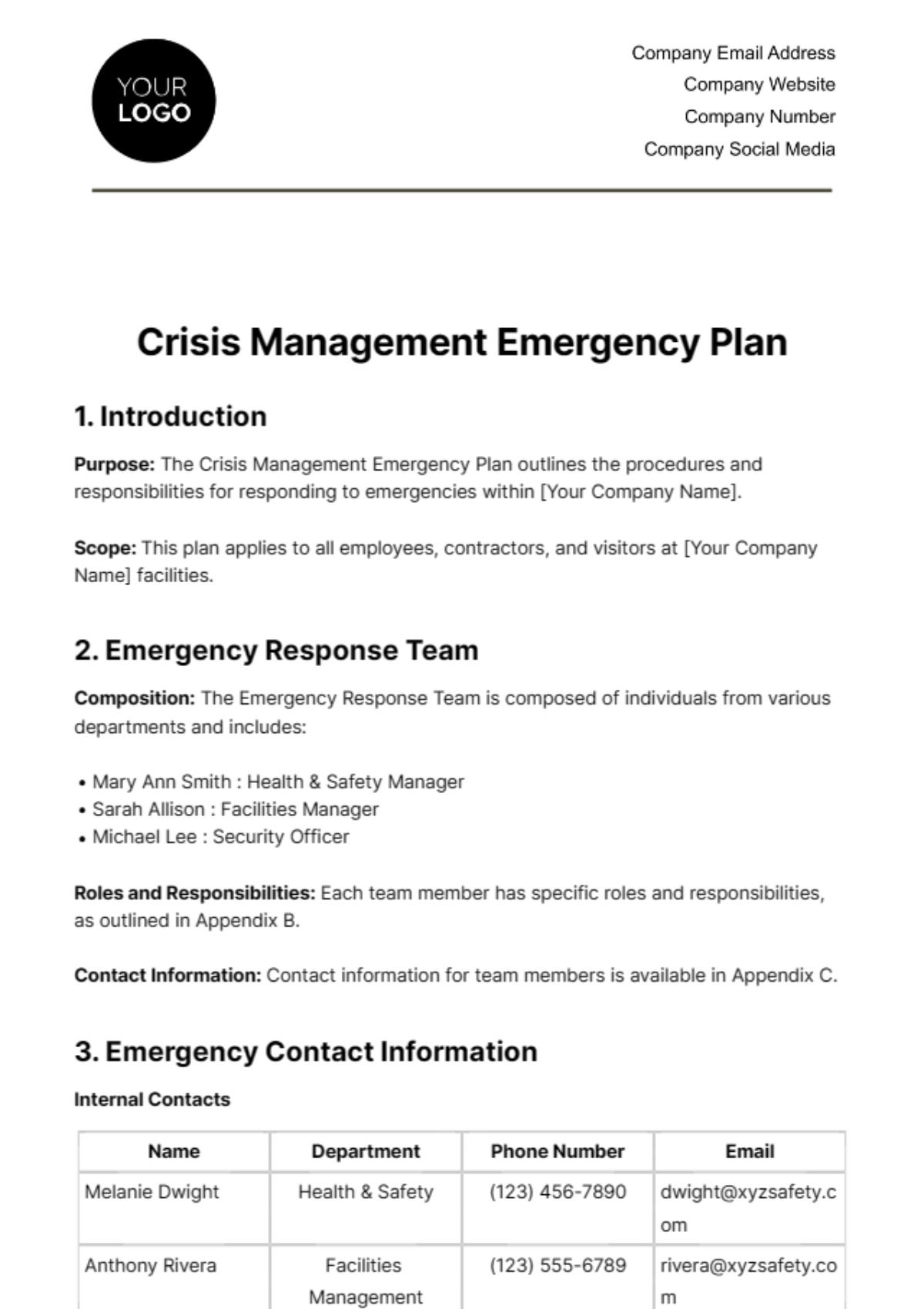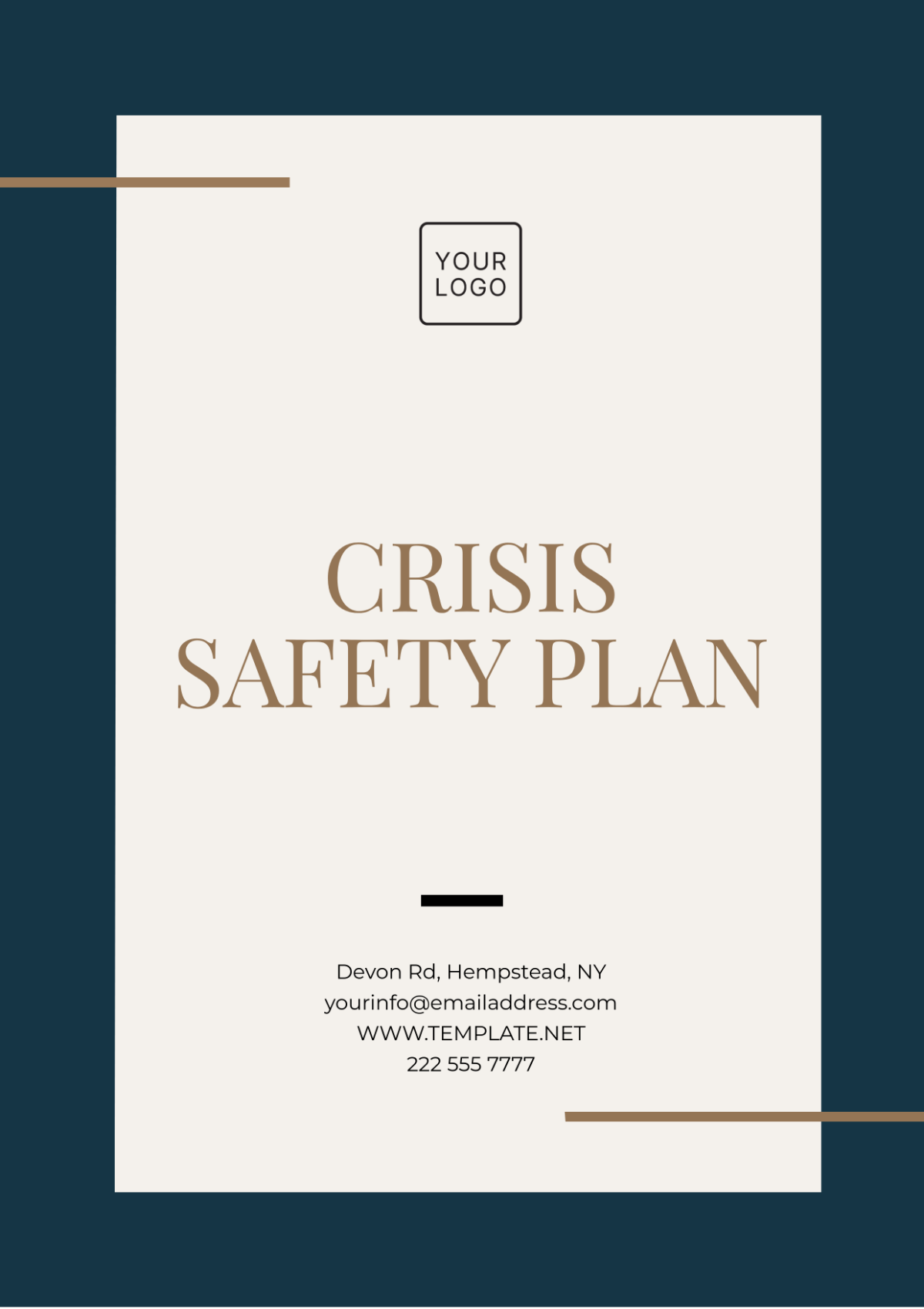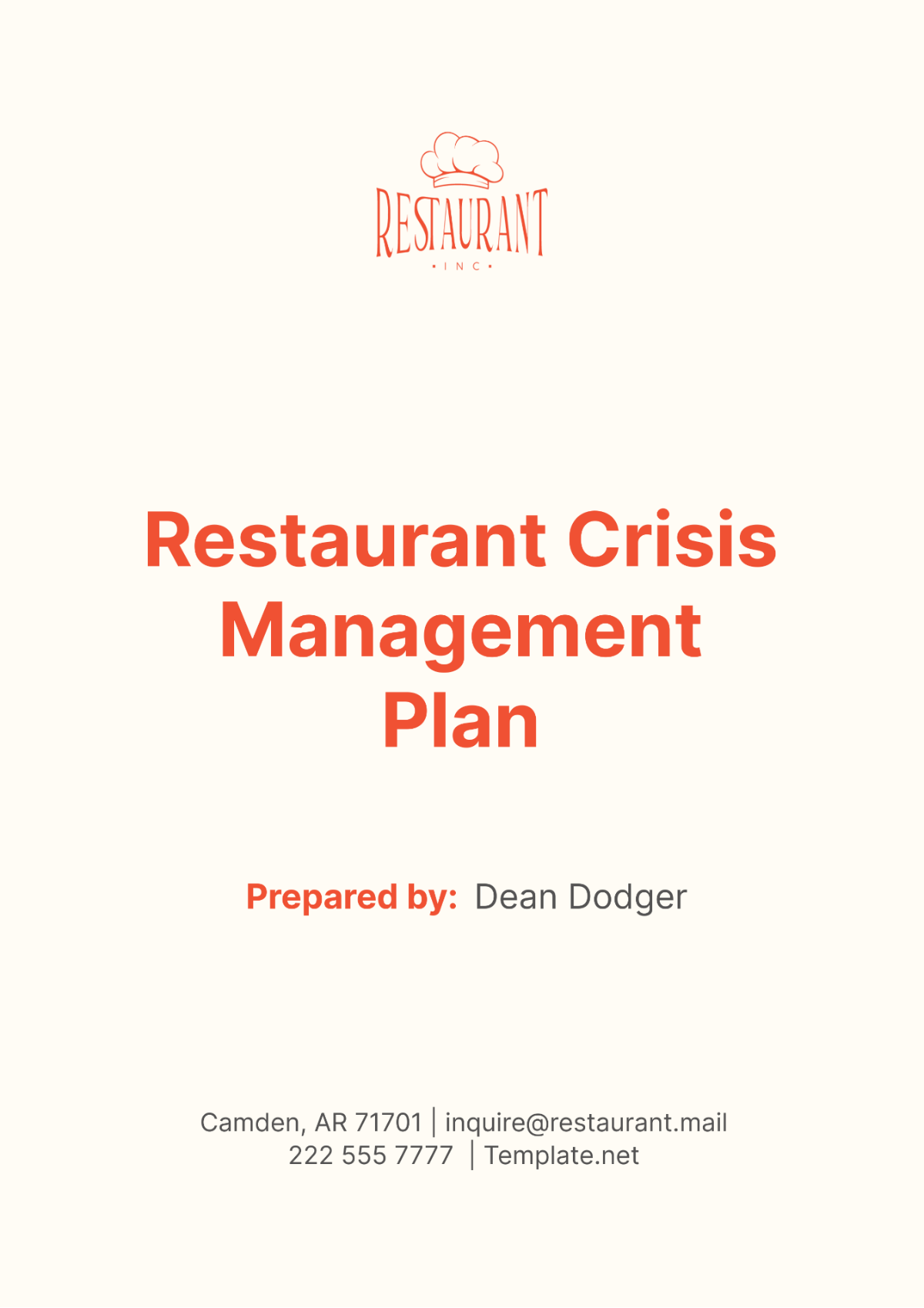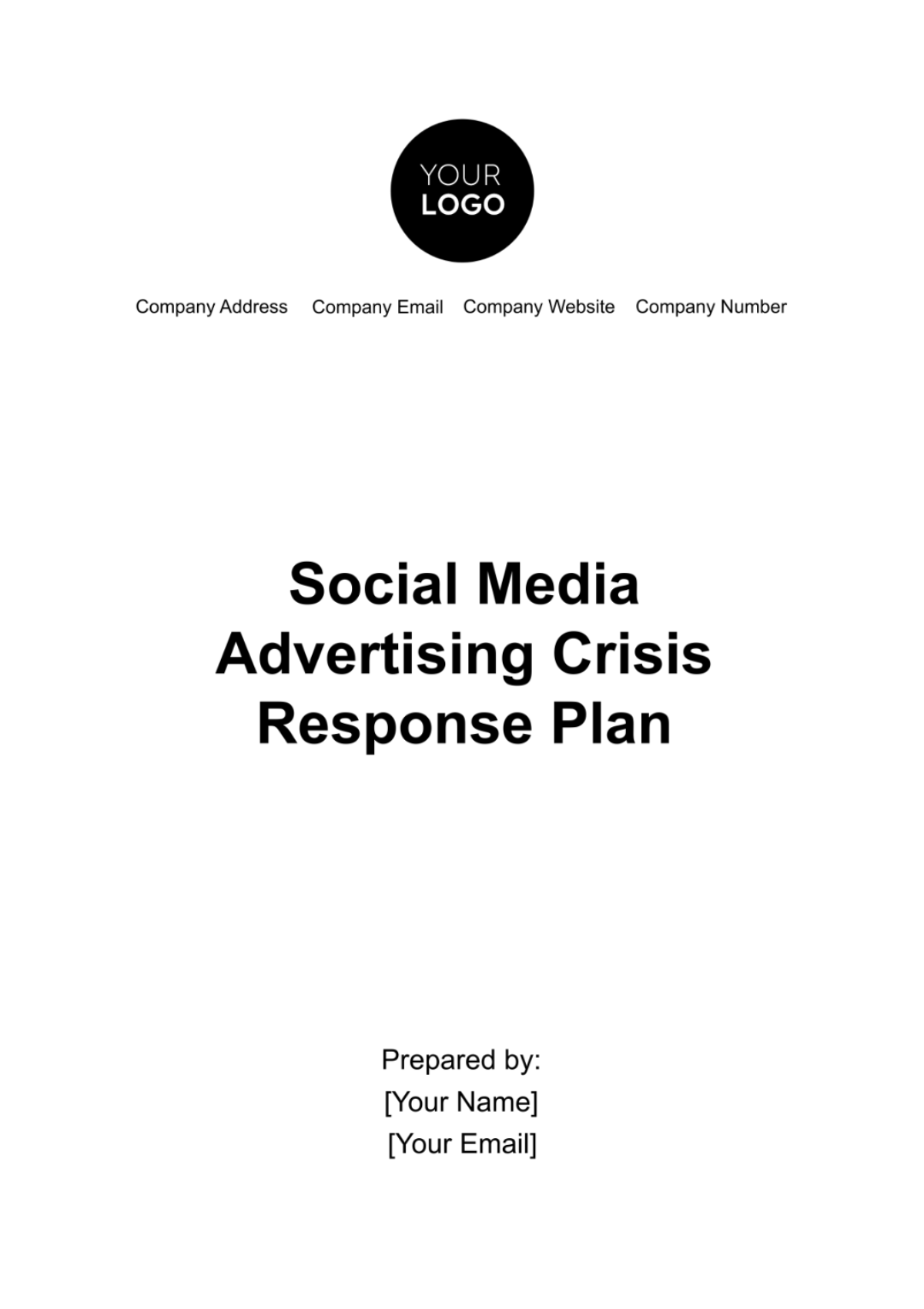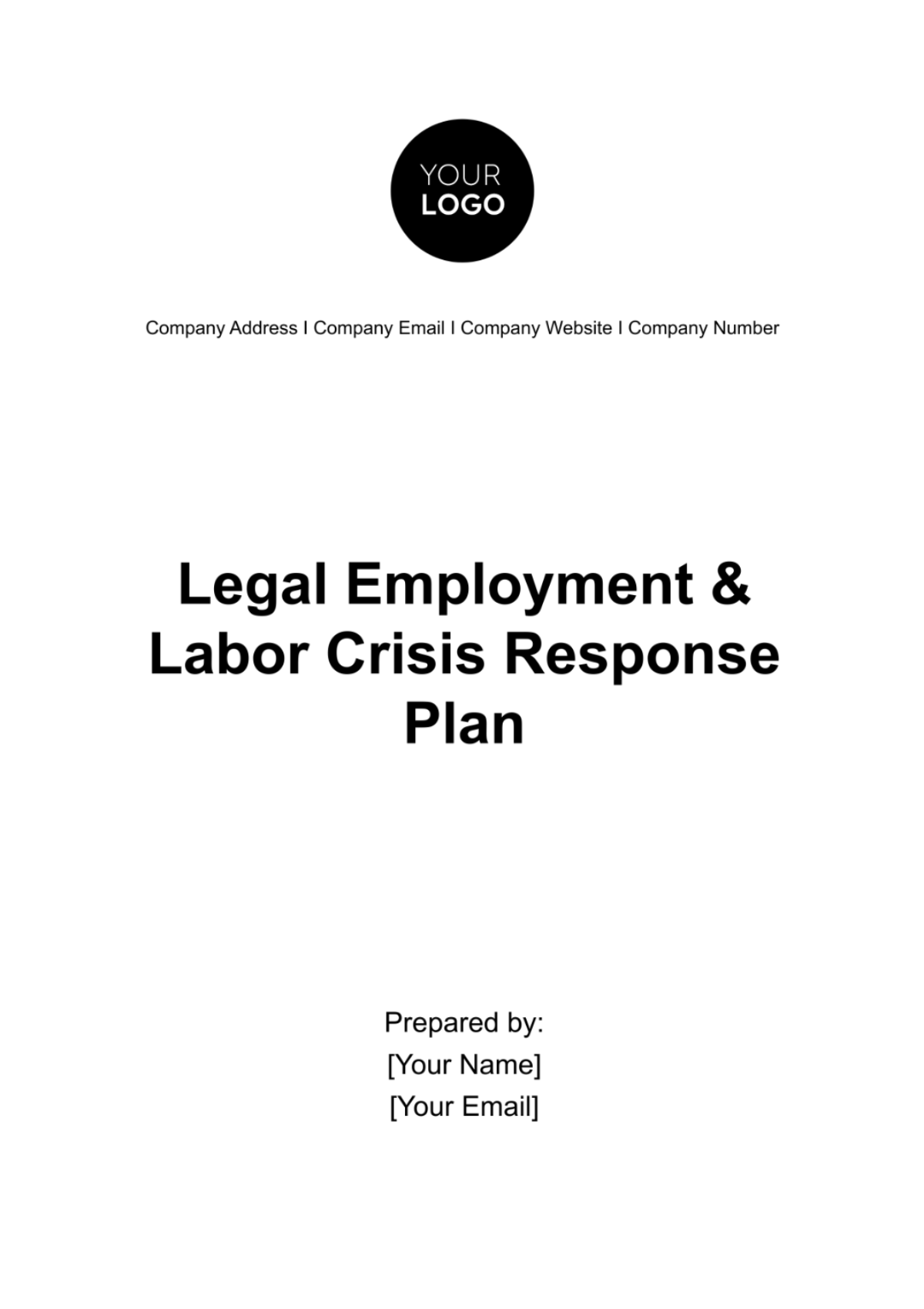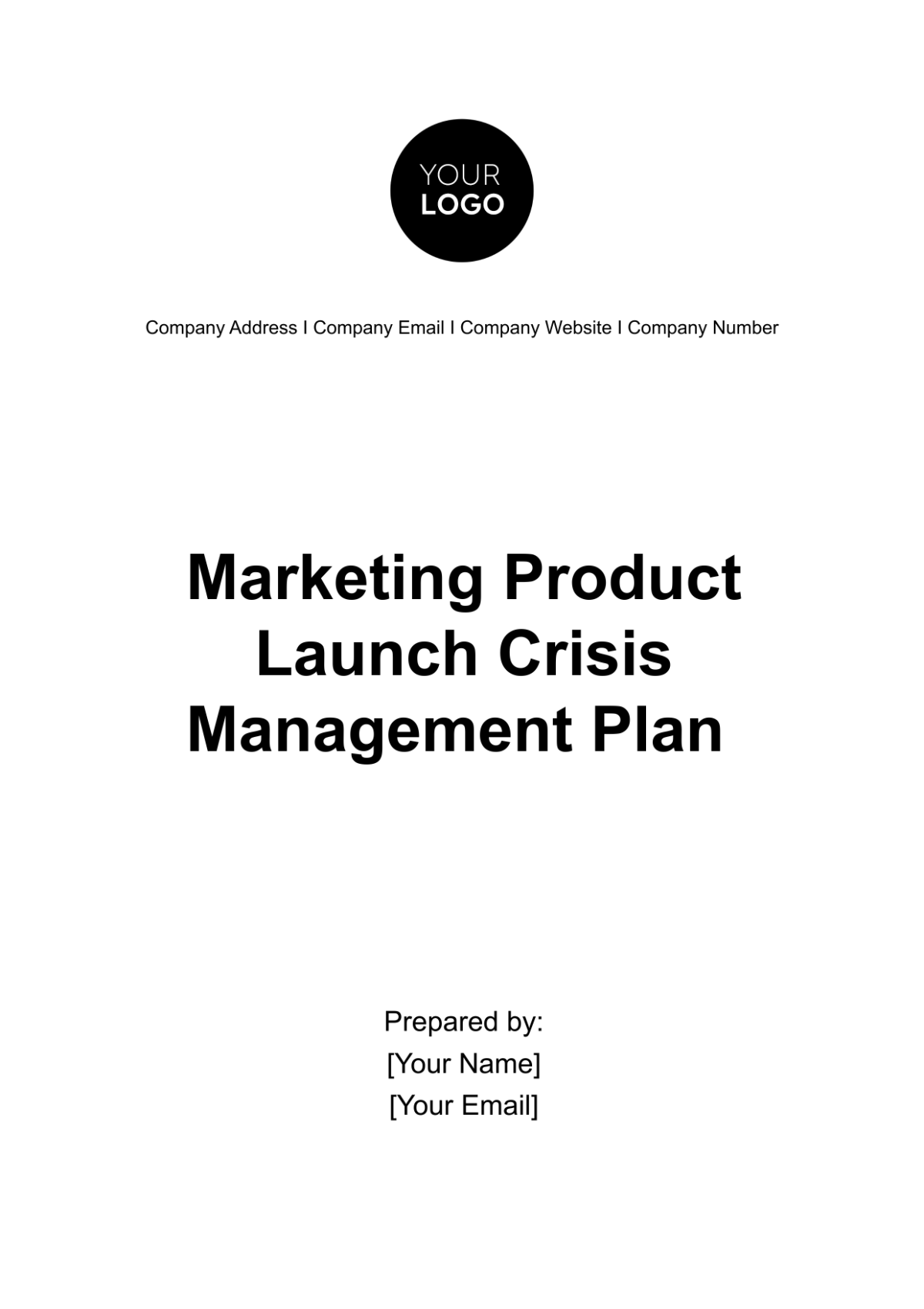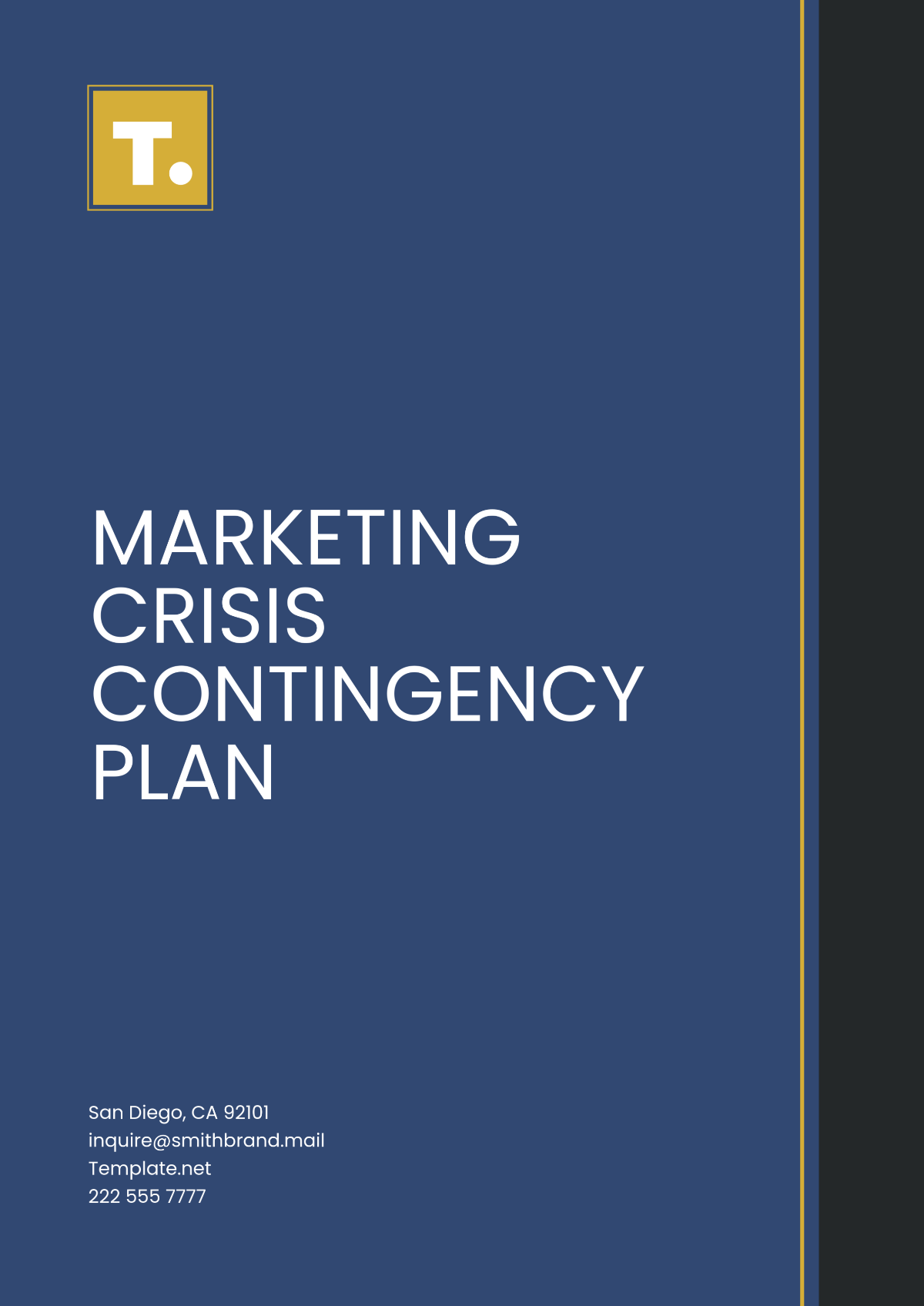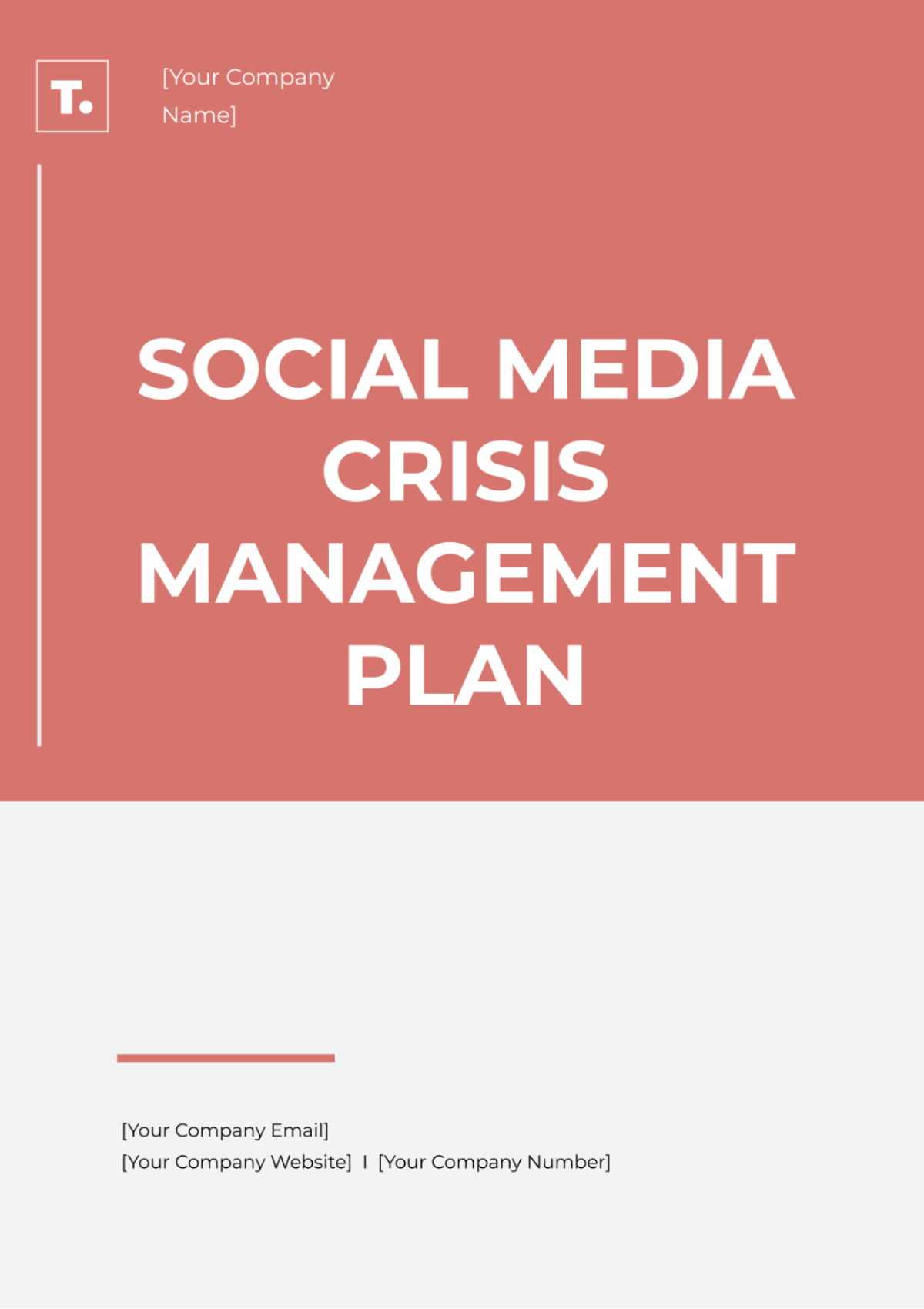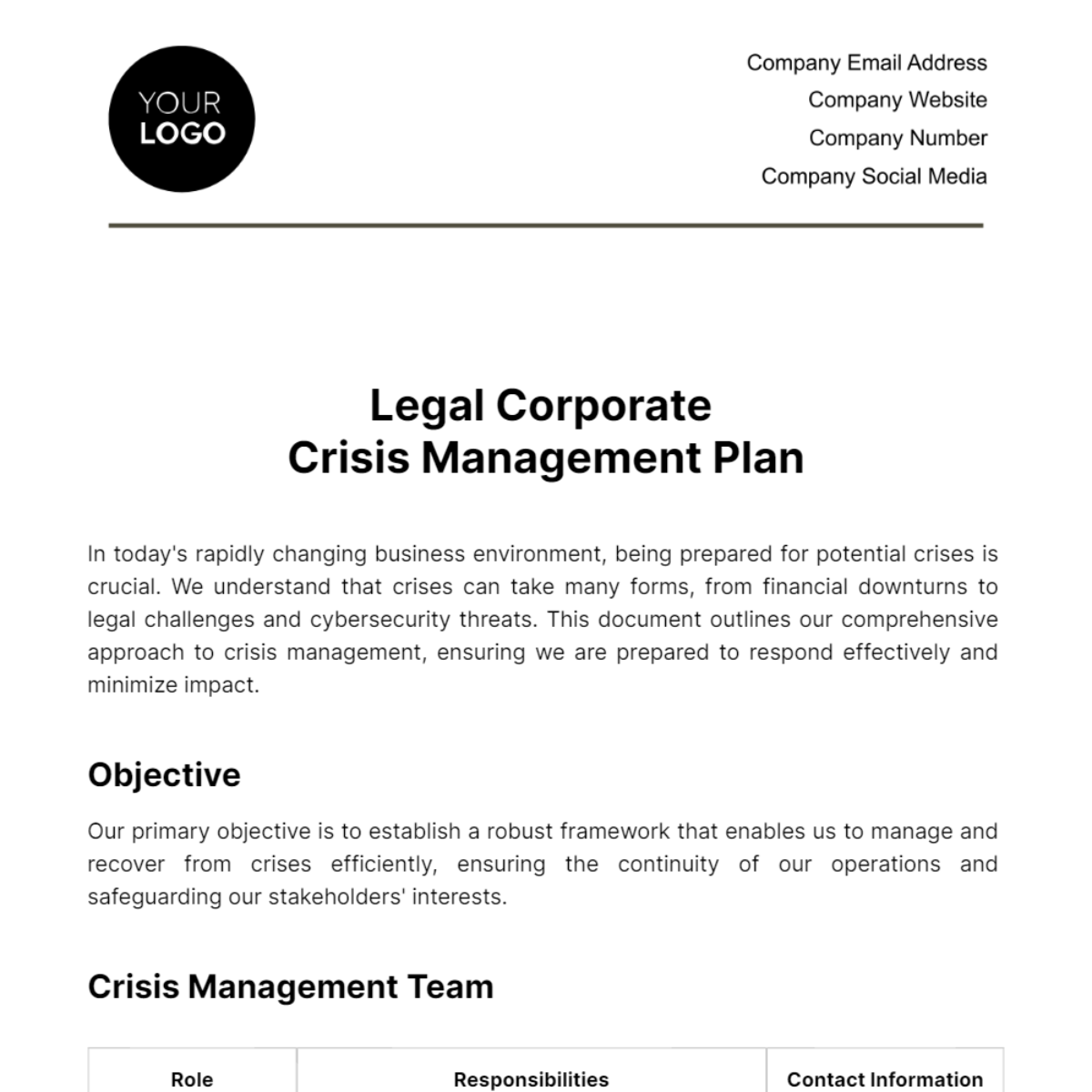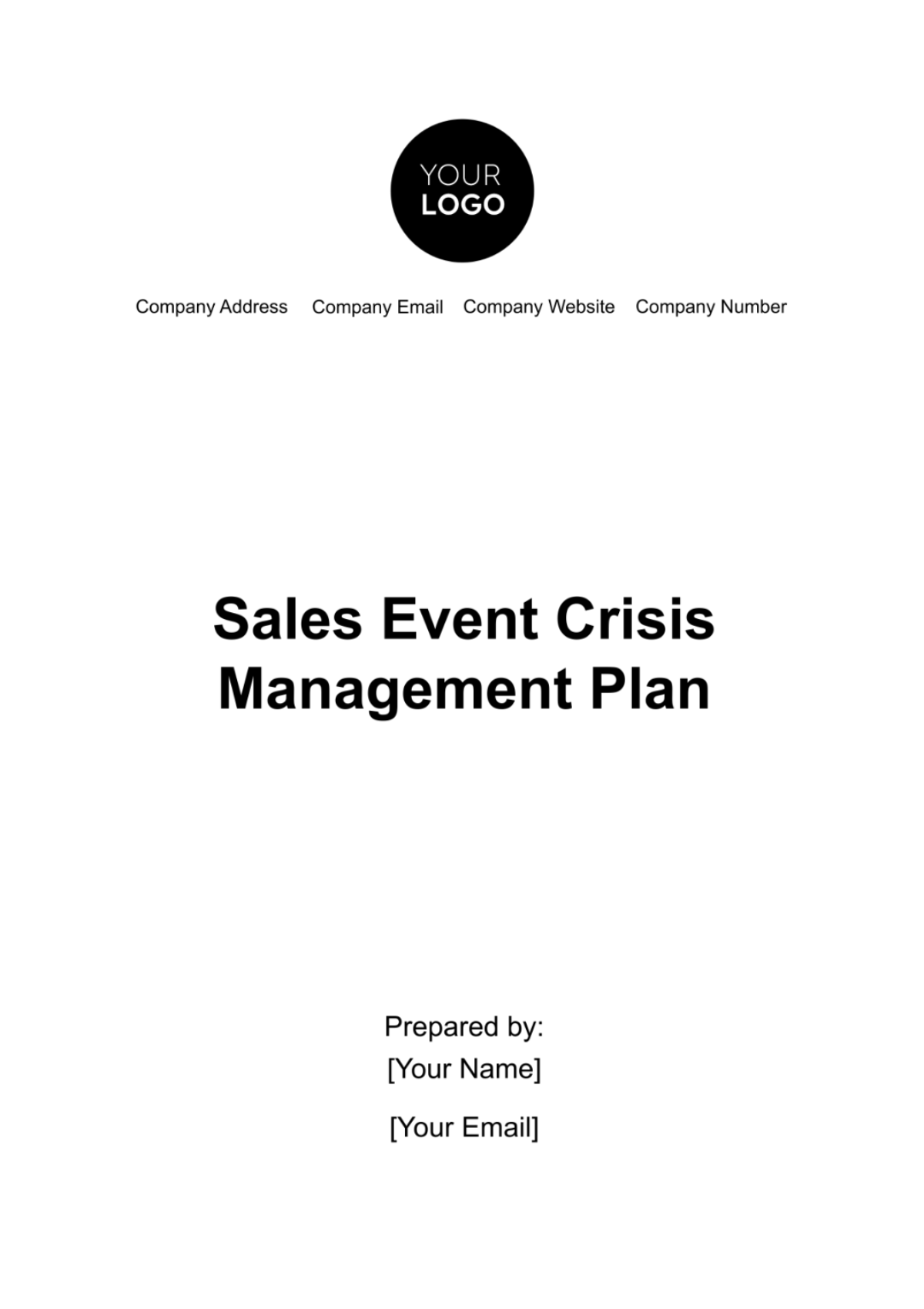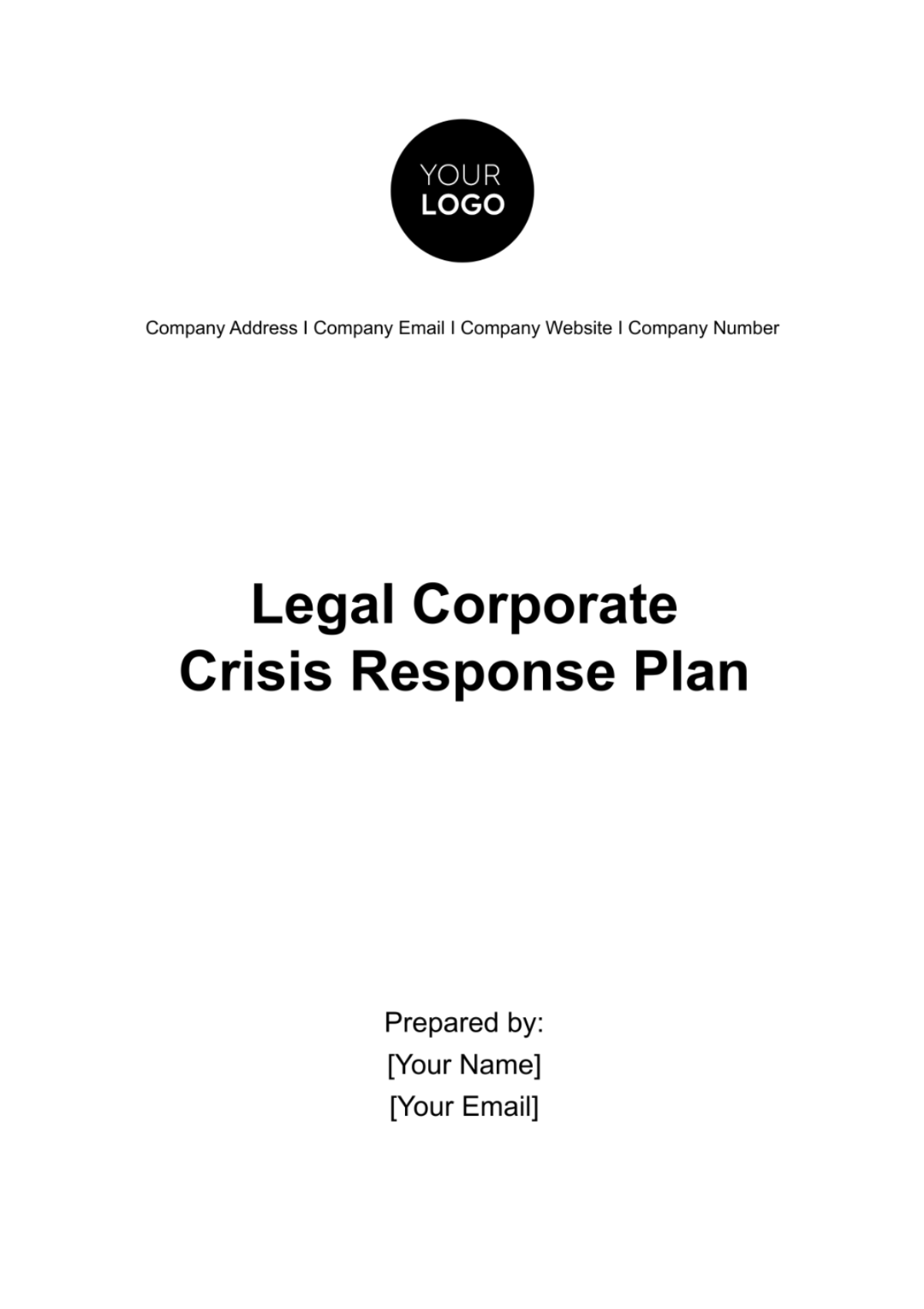Free Operations Crisis Management Plan
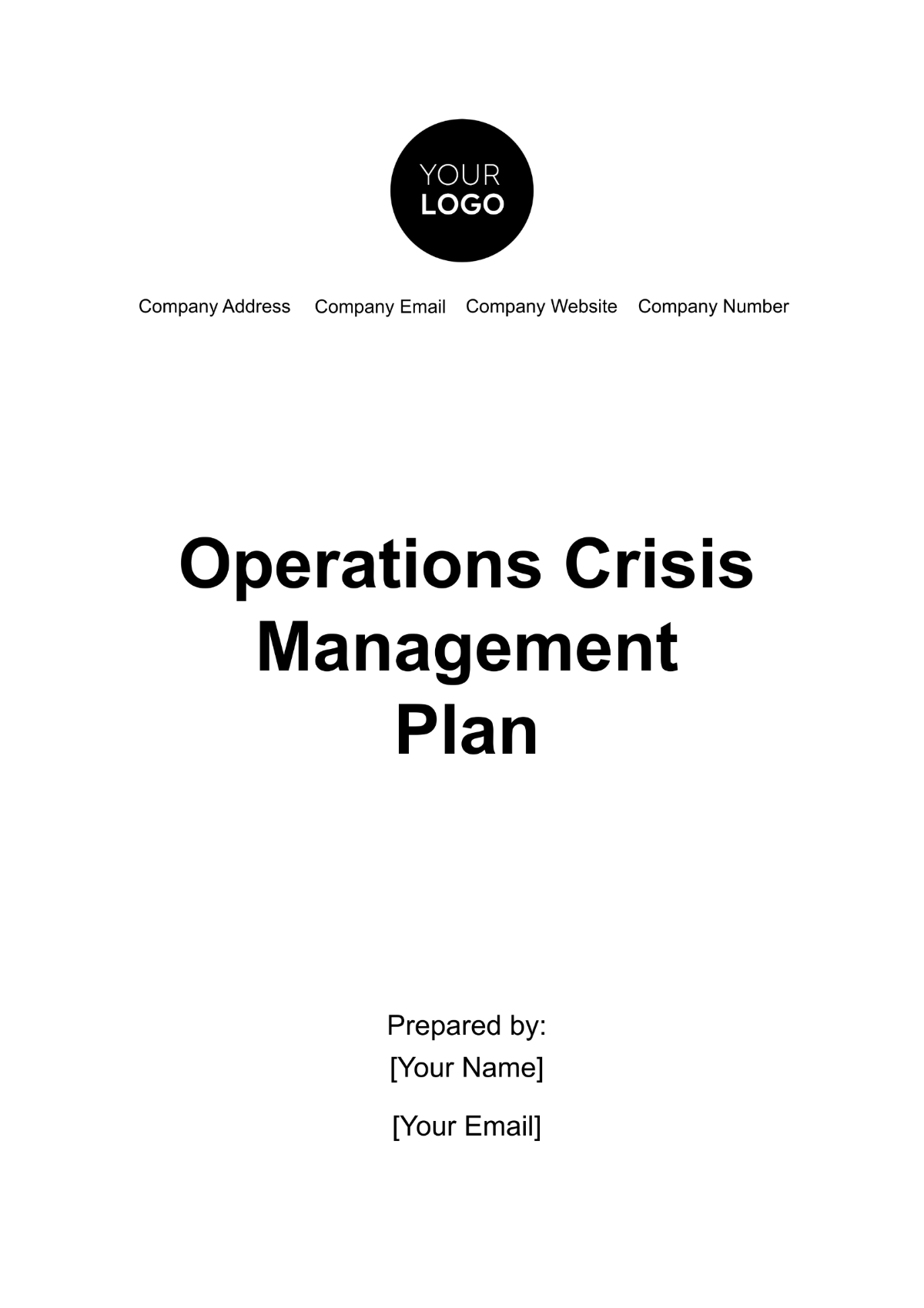
- 100% Customizable, free editor
- Access 1 Million+ Templates, photo’s & graphics
- Download or share as a template
- Click and replace photos, graphics, text, backgrounds
- Resize, crop, AI write & more
- Access advanced editor
Prepare for emergencies with our Operations Crisis Management Plan Template from Template.net. Fully editable and customizable, this template is designed to help you develop a structured response plan for crises. Easily editable in our Ai Editor Tool, tailor each section to address your organization's specific needs, ensuring effective and organized crisis management.
You may also like
- Finance Plan
- Construction Plan
- Sales Plan
- Development Plan
- Career Plan
- Budget Plan
- HR Plan
- Education Plan
- Transition Plan
- Work Plan
- Training Plan
- Communication Plan
- Operation Plan
- Health And Safety Plan
- Strategy Plan
- Professional Development Plan
- Advertising Plan
- Risk Management Plan
- Restaurant Plan
- School Plan
- Nursing Home Patient Care Plan
- Nursing Care Plan
- Plan Event
- Startup Plan
- Social Media Plan
- Staffing Plan
- Annual Plan
- Content Plan
- Payment Plan
- Implementation Plan
- Hotel Plan
- Workout Plan
- Accounting Plan
- Campaign Plan
- Essay Plan
- 30 60 90 Day Plan
- Research Plan
- Recruitment Plan
- 90 Day Plan
- Quarterly Plan
- Emergency Plan
- 5 Year Plan
- Gym Plan
- Personal Plan
- IT and Software Plan
- Treatment Plan
- Real Estate Plan
- Law Firm Plan
- Healthcare Plan
- Improvement Plan
- Media Plan
- 5 Year Business Plan
- Learning Plan
- Marketing Campaign Plan
- Travel Agency Plan
- Cleaning Services Plan
- Interior Design Plan
- Performance Plan
- PR Plan
- Birth Plan
- Life Plan
- SEO Plan
- Disaster Recovery Plan
- Continuity Plan
- Launch Plan
- Legal Plan
- Behavior Plan
- Performance Improvement Plan
- Salon Plan
- Security Plan
- Security Management Plan
- Employee Development Plan
- Quality Plan
- Service Improvement Plan
- Growth Plan
- Incident Response Plan
- Basketball Plan
- Emergency Action Plan
- Product Launch Plan
- Spa Plan
- Employee Training Plan
- Data Analysis Plan
- Employee Action Plan
- Territory Plan
- Audit Plan
- Classroom Plan
- Activity Plan
- Parenting Plan
- Care Plan
- Project Execution Plan
- Exercise Plan
- Internship Plan
- Software Development Plan
- Continuous Improvement Plan
- Leave Plan
- 90 Day Sales Plan
- Advertising Agency Plan
- Employee Transition Plan
- Smart Action Plan
- Workplace Safety Plan
- Behavior Change Plan
- Contingency Plan
- Continuity of Operations Plan
- Health Plan
- Quality Control Plan
- Self Plan
- Sports Development Plan
- Change Management Plan
- Ecommerce Plan
- Personal Financial Plan
- Process Improvement Plan
- 30-60-90 Day Sales Plan
- Crisis Management Plan
- Engagement Plan
- Execution Plan
- Pandemic Plan
- Quality Assurance Plan
- Service Continuity Plan
- Agile Project Plan
- Fundraising Plan
- Job Transition Plan
- Asset Maintenance Plan
- Maintenance Plan
- Software Test Plan
- Staff Training and Development Plan
- 3 Year Plan
- Brand Activation Plan
- Release Plan
- Resource Plan
- Risk Mitigation Plan
- Teacher Plan
- 30 60 90 Day Plan for New Manager
- Food Safety Plan
- Food Truck Plan
- Hiring Plan
- Quality Management Plan
- Wellness Plan
- Behavior Intervention Plan
- Bonus Plan
- Investment Plan
- Maternity Leave Plan
- Pandemic Response Plan
- Succession Planning
- Coaching Plan
- Configuration Management Plan
- Remote Work Plan
- Self Care Plan
- Teaching Plan
- 100-Day Plan
- HACCP Plan
- Student Plan
- Sustainability Plan
- 30 60 90 Day Plan for Interview
- Access Plan
- Site Specific Safety Plan
Operations Crisis Management Plan
I. Introduction
In today's dynamic business environment, effective crisis management is essential for maintaining operational stability and safeguarding organizational reputation. The Operations Crisis Management Plan (OCMP) is designed to prepare [Your Company Name] for unforeseen disruptions that could impact its operations. This plan outlines the protocols and procedures to be followed during a crisis, ensuring a coordinated response to minimize potential damage and expedite recovery. By defining roles, responsibilities, and communication strategies, the OCMP aims to provide a clear framework for managing crises in a structured and efficient manner.
The OCMP is an integral part of [Your Company Name]'s overall risk management strategy. It addresses various types of crises, including natural disasters, technological failures, and other emergencies that could affect business continuity. Regular updates and training ensure that all employees are familiar with the plan and understand their roles in a crisis situation. This proactive approach not only helps in mitigating the impact of crises but also demonstrates our commitment to resilience and operational excellence. Through continuous improvement and adherence to industry best practices, [Your Company Name] aims to uphold its operational integrity and sustain its business functions even in the face of adversity.
II. Crisis Identification and Assessment
To address a crisis effectively, it is crucial to identify and assess the situation promptly and accurately. This section outlines the procedures for crisis identification and assessment, ensuring that [Your Company Name] can swiftly understand and respond to any emerging threats.
A. Crisis Types
Natural Disasters: Events such as earthquakes, floods, hurricanes, or severe weather conditions that can disrupt operations by damaging infrastructure, affecting employee safety, or causing supply chain interruptions. Effective response requires immediate coordination with emergency services and assessment of physical damages.
Technological Failures: Incidents involving system outages, data breaches, or cybersecurity attacks that can compromise the integrity of our IT infrastructure. Rapid identification of the cause and impact is crucial, along with initiating protocols to restore systems and secure sensitive information.
Human-related Incidents: Situations like labor strikes, workplace accidents, or errors by employees that could halt operations or pose risks to safety. Addressing these crises involves managing human resources, ensuring compliance with safety regulations, and rectifying procedural errors.
External Threats: Threats including terrorism, economic shifts, or political instability that could affect market conditions, customer trust, or operational continuity. Analyzing the potential impact of these threats helps in adapting business strategies and preparing contingency plans.
B. Assessment Criteria
Severity of Impact: Evaluate the extent to which the crisis affects operations, including the potential for harm to employees, damage to assets, and disruption to business processes. Severity assessment helps prioritize response actions based on the magnitude of the crisis.
Duration of Disruption: Determine how long the crisis is expected to last and its implications for operational continuity. Short-term disruptions may require immediate fixes, while long-term crises necessitate more extensive recovery strategies.
Scope of Affected Operations: Identify which areas of the organization are impacted, including specific departments, facilities, or supply chains. Understanding the scope helps in directing resources and support where they are most needed.
Resource Availability: Assess the availability of resources, including personnel, equipment, and financial reserves, to manage and mitigate the crisis. Effective resource management ensures that the organization can sustain its operations and recovery efforts.
III. Crisis Response Team (CRT)
The Crisis Response Team (CRT) is responsible for managing the crisis from onset to resolution. This section outlines the team's composition, roles, and contact information.
A. Team Composition
Team Leader
Operations Manager
IT Specialist
Communications Officer
Safety Officer
B. Roles and Responsibilities
Role | Responsibilities |
|---|---|
Team Leader | Coordinate team activities and decision-making processes |
Operations Manager | Oversee the continuity of operational processes |
IT Specialist | Manage technology-related issues and recovery |
Communications Officer | Maintain internal and external communications |
Safety Officer | Ensure health and safety protocols are followed |
IV. Communication Plan
Effective communication is essential to managing a crisis efficiently and maintaining trust with all stakeholders. A well-structured communication plan ensures that accurate, timely, and consistent information is conveyed both internally and externally. This section outlines the guidelines for managing communication during a crisis to facilitate a coordinated response and minimize misinformation. Clear communication helps in aligning the organization’s efforts, managing public perception, and ensuring that all parties involved are informed and prepared. By implementing robust communication strategies, [Your Company Name] can enhance its crisis management capabilities and support a swift and effective resolution.
A. Internal Communication
Regular Updates to Staff: Provide continuous updates to employees about the crisis situation, response efforts, and any changes to operations. Regular communication helps keep staff informed, reduces uncertainty, and ensures alignment with the crisis management strategy.
Utilize Multiple Communication Channels: Employ various channels such as email, the company intranet, and team meetings to disseminate information. Diverse communication methods ensure that messages reach all employees, regardless of their location or work environment.
Establish a Crisis Communication Hotline: Set up a dedicated hotline for employees to receive real-time information and support. This ensures that staff have direct access to critical updates and can report any issues or concerns.
B. External Communication
Craft Media Statements: Prepare and distribute clear, concise statements to the media to provide accurate information about the crisis. Media statements should be well-crafted to manage public perception and prevent the spread of misinformation.
Inform Stakeholders and Clients: Notify stakeholders, clients, and business partners about the crisis, its impact, and any changes in operations or services. Transparent communication helps maintain trust and allows external parties to adjust their expectations and plans accordingly.
Coordinate with External Emergency Services: Work closely with external emergency services and agencies to ensure a unified response. Coordination with these entities helps in managing the crisis effectively and ensures that all necessary resources and support are mobilized.
V. Continuity of Operations
Ensuring continuity of operations is critical for maintaining business functions during and after a crisis. This section outlines strategies to sustain essential operations and facilitate recovery, minimizing disruptions and ensuring resilience.
Identify Essential Functions: Determine which business functions and processes are critical to maintaining operational stability. Prioritize these functions to ensure they receive the necessary resources and attention during a crisis. This includes customer service, financial transactions, and key supply chain activities.
Develop Contingency Plans: Create detailed contingency plans for each essential function, outlining alternative procedures and resources that can be activated if normal operations are disrupted. This includes backup systems, alternative suppliers, and temporary work arrangements.
Implement Backup Systems: Establish and regularly test backup systems for technology, data, and communication to ensure they can be quickly activated in the event of a failure. This helps in safeguarding critical information and maintaining operational capabilities.
Train Employees: Provide training for employees on their roles and responsibilities in maintaining operations during a crisis. Regular drills and exercises help ensure that staff are prepared to execute continuity plans effectively.
Review and Update Plans: Continuously review and update continuity plans to reflect changes in business operations, technology, and potential risks. Regular updates ensure that the plans remain relevant and effective in addressing new challenges.
VI. Training and Drills
Effective training and regular drills are essential components of a comprehensive crisis management strategy. They ensure that employees are well-prepared to handle crises and can execute the Operations Crisis Management Plan (OCMP) efficiently. This section outlines the importance of training and drills and provides a list of key activities to enhance preparedness.
A. Importance of Training and Drills
Regular training and drills help employees understand their roles and responsibilities during a crisis, familiarize them with the OCMP, and identify any gaps in the plan. These activities build confidence, improve response times, and ensure a coordinated effort across the organization.
B. Types of Training and Drills
Crisis Management Training: Provide employees with an overview of the OCMP, including roles, responsibilities, and procedures for handling various types of crises. Training should cover communication protocols, decision-making processes, and the use of crisis management tools.
Emergency Response Drills: Conduct simulations of different crisis scenarios (e.g., natural disasters, technological failures) to practice the execution of response procedures. Drills should involve key personnel and test coordination, communication, and operational readiness.
Tabletop Exercises: Organize scenario-based discussions where teams work through hypothetical crisis situations, evaluating their responses and decision-making processes. These exercises help in refining strategies and improving problem-solving skills.
System and Equipment Testing: Regularly test backup systems, data recovery processes, and emergency equipment to ensure they function correctly when needed. This includes verifying that communication tools and technical systems are operational.
Post-Drill Reviews: After each drill or training session, conduct a review to assess performance, identify areas for improvement, and update the OCMP based on feedback and lessons learned.
VII. Review and Updates
The OCMP should be a living document, reviewed and updated regularly to reflect changes in the organization or operating environment.
A. Review Frequency
Bi-annual reviews
Post-crisis evaluations
B. Update Procedures
Document changes in organizational structure
Incorporate lessons learned from past crises
Distribute updates to all relevant personnel
The Operations Crisis Management Plan (OCMP) is a crucial framework for ensuring [Your Company Name] can navigate and recover from crises effectively. By implementing structured protocols for crisis identification, communication, and continuity of operations, we can minimize disruptions and safeguard our business interests. This proactive approach not only enhances our preparedness but also demonstrates our commitment to operational excellence and resilience.
Ongoing training, regular drills, and continuous plan updates are vital to maintaining the effectiveness of the OCMP. Through collective effort and vigilance, [Your Company Name] is positioned to handle crises with confidence and agility, ensuring that we uphold our operational integrity and sustain our business continuity under any circumstance.
